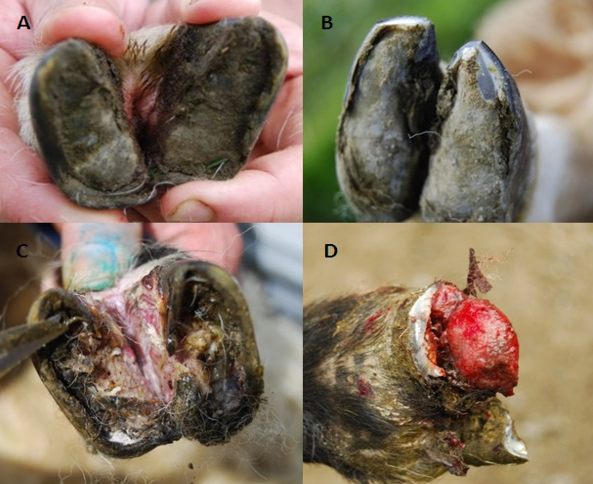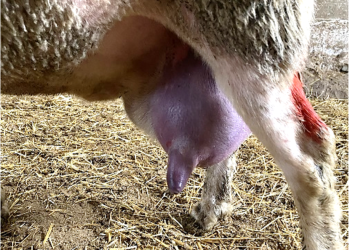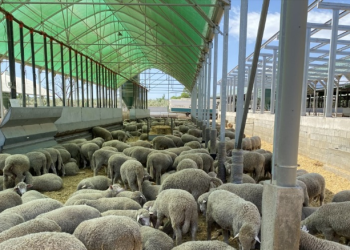Phases of the disease
Infectious Ovine Pododermatitis is a highly contagious disease that in favourable environmental conditions can affect a substantial part of the herd.
Infectious pododermatitis or footrot is a disease that causes major economic losses.
The pathogen that causes it, Dichelobacter nodosus, releases toxins, proteases and haemolysins. It first affects the soft structures of the hoof, which is when a highly characteristic putrid odour is given off. In more advanced cases, laminitis and detachment of the hoof occur.

Score A – Interdigital dermatitis + skin loss + moist area
Score B – More advanced interdigital dermatitis + necrotic tissue + foul odour
Score C – Chronic process + severe lameness +
Score D – Separation of the hoof + contamination by other pathogens
The disease can progress in two ways:
● Self-limiting progression: The animals can be chronically infected, forming a reservoir.
● Acute progression: the disease progresses rapidly and the animal is in pain.
Correct treatment of clinical cases
All lame animals should be separated off and treated appropriately:
● Clean the hoof and the interdigital space.
● Trim the hoof wall from the heel to the tip.
● Remove necrotic tissue.
● Apply disinfectant spray and/or antibiotic if necessary.
● Keep the animal on clean and dry ground.
Control and preventive measures
● Separate infected animals.
● Run the animals through a footbath containing zinc sulphate + surfactant (for 15 minutes).
● Trim the hooves and treat the infection.
● Sacrifice chronically infected animals.
● 14-day quarantine.
● Do not buy animals from farms with cases of footrot.
● Vaccinate the whole herd.
Vaccination of the whole herd is one of the most effective ways of controlling footrot.

The greatest benefits are achieved when several preventive measures are combined, according to the requirements of each herd.
Conclusions
● The best way of controlling the problem is a good vaccination programme with appropriate management.
● Separation of lame animals and culling of chronically infected animals are essential measures to control the disease.


